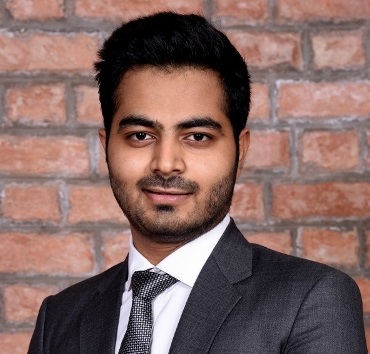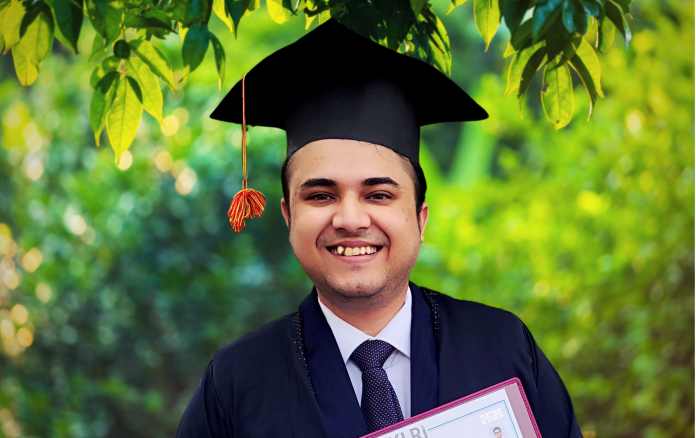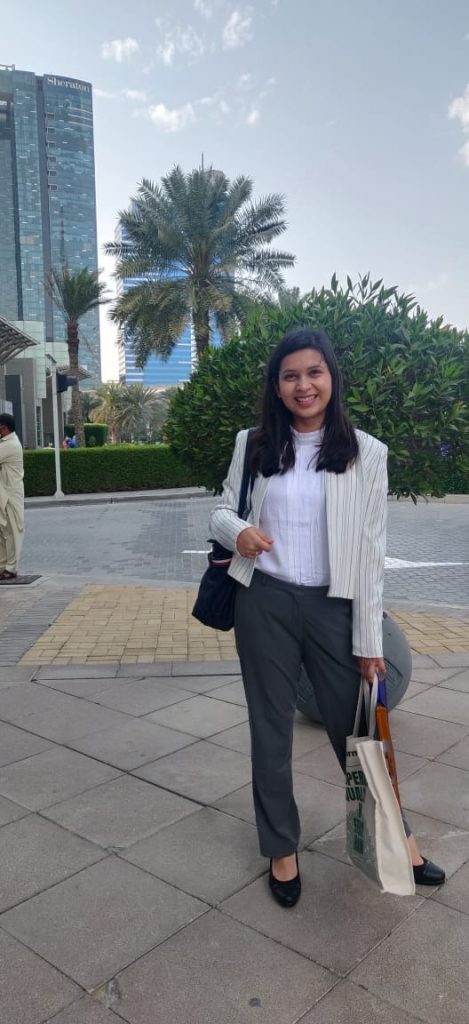Zakura, (Srinagar), JAMMU & KASHMIR:

New Delhi :
Optimism and hope fills the hearts and minds of today’s Kashmiri youth and they are ready to take off on the fight of their dreams. Abaan Habib is one of them; he has developed an extraordinary drone that can transport blood for medical emergencies from one hospital to another.
After years of hard work, Abaan Habib, a resident of Zakura area of Srinagar, created the flying machine that has the potential to save countless lives and improve access to health care in remote areas and during natural calamities.
Abaan said he was inspired to work out his invention after he saw the devastation and human suffering in the 2014 floods that nearly drowned the city of Srinagar.
Abaan says, “After witnessing the devastating floods of 2014, I wanted to find a solution to transferring blood samples and pouches between hospitals.”
He worked hard on his drone technology for five years. Initial tests conducted in Himachal Pradesh were successful as the drone connected 20-25 hospitals to the central hospital, covering a distance of over 70 km.
He says: My message to the youth is to follow your passion. Only through the persistence and dedication of young minds can a society bring about meaningful change in the world.
Abaan’s drone experiment also extended to inter-state connectivity, connecting hospitals in Shimla with Chandigarh. Aban decided to debut the drone in Himachal Pradesh first, collect data and demonstrate its benefits before expanding its use to the Kashmir Valley.
The geographic conditions of both states present unique challenges in providing timely blood transfusions to patients in need. Aban recognized this and took advantage of this void in the atmosphere. We can take advantage of the atmosphere to help the needy.
Abaan not only worked on the project but also collaborated with corporate entities outside Kashmir. These collaborations have provided additional expertise and resources to further develop and implement its drone technology.
However, to run the drone service on a commercial scale, he says, he needs financial support.
Abaan Habib hopes that with his drone, he will not only be able to save lives but also create business and career opportunities for the youth of the valley.
Abaan’s drone invention holds great promise in revolutionizing healthcare access in remote areas. As Abaan tries to secure funding and navigate regulatory challenges, the potential impact of its technology cannot be overstated.
With every step forward, Abaan brings us closer to a future where life-saving medical equipment can reach even the most inaccessible areas, offering hope and a chance for survival to those in dire need.
This project of his was presented by Habib Abaan last year. At that time he was a 12th standard student at Green Valley Educational Institute in Kashmir. He said, “We have a tinkering lab at school, which helped me a lot in understanding the process and learning the art of making drones.”
My parents gave me freedom and therefore my idea of education is quite different from others. Unlike other parents, my family did not force me to choose a career like a doctor or an engineer. They allowed me to go as I pleased. My inclination was towards drone technology.”
He says, “I have seen many natural calamities in Kashmir since my childhood, one such natural calamity was the flood of 2014 when Kashmir was flooded. People required relief supplies and we saw how the government machinery failed miserably due to lack of infrastructure. They were very disturbing scenes, everyone knows that this effort of dropping aid from helicopters is not enough.”
It was then that I thought of drones and how helpful they could be in such situations. If we build small drones that are autonomous and equipped with artificial intelligence to deliver relief supplies to disaster areas, they can deliver aid without much cost.
Abaan Habib said that JKEDI and JKTPO encouraged him but he is yet to receive any financial support from the government.
Abaan Habib also went to Gujarat to attend an event organized by DRDO where we showed off his drone to the then Army Chief General Makund Major Naravane. “He appreciated my efforts,”
He says young entrepreneurs should be prepared to face rejection or failure; spend their money and not fall for loans and subsidies, for he believes “debts are the root of failures.”
Abaan;s father H U Malik told Rising Kashmir that they are operating at 25 locations in Himachal Pradesh and they want to replicate the same model in Kashmir keeping in view its geographical conditions.
“Even Abaan is working to link SKIMS Hospital; SMHS with GMC Baramulla and for that fly van has already been designated for the project,” he said.
Malik says it is his son’s dream to see this project working in Kashmir. “We want to connect SKIMS hospital with other tertiary, district hospitals of the valley. We appeal to concerned authorities to help us and we are ready to follow all SOPs in this regard,” he said.
source: http://www.awazthevoice.in / Awaz, The Voice / Home> Story / by Aasha Khosa / July 20th, 2023
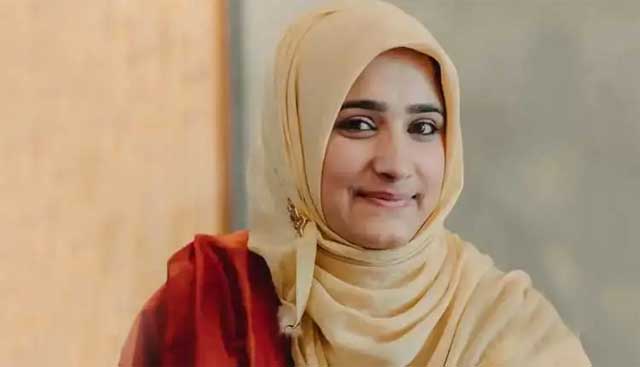






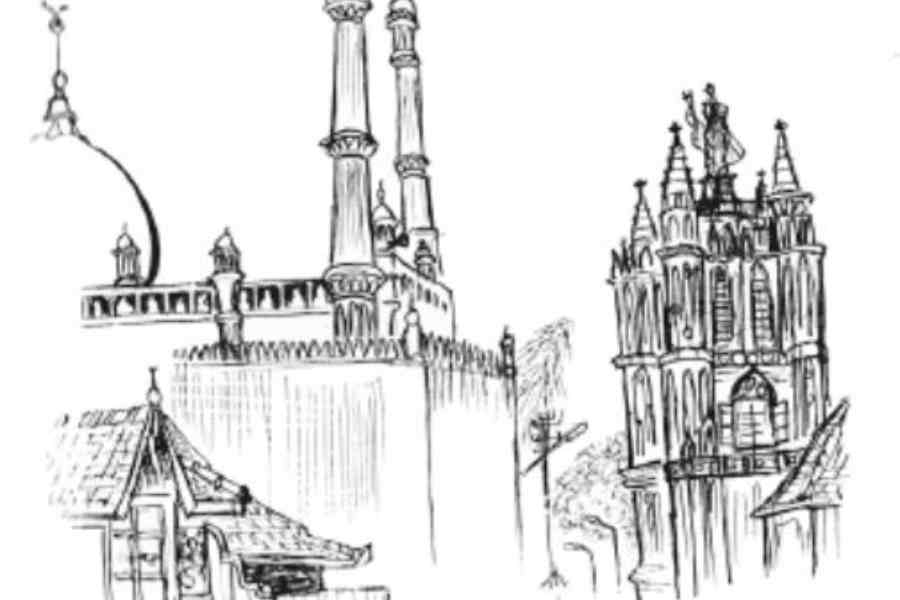
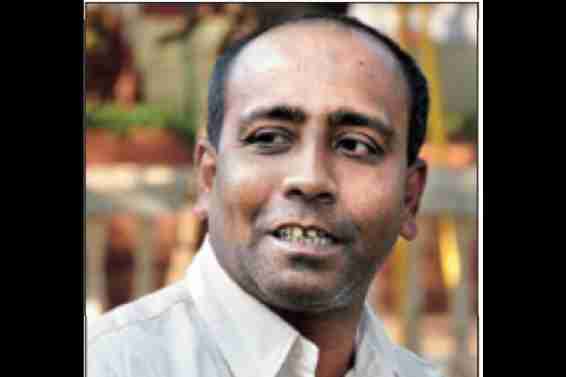
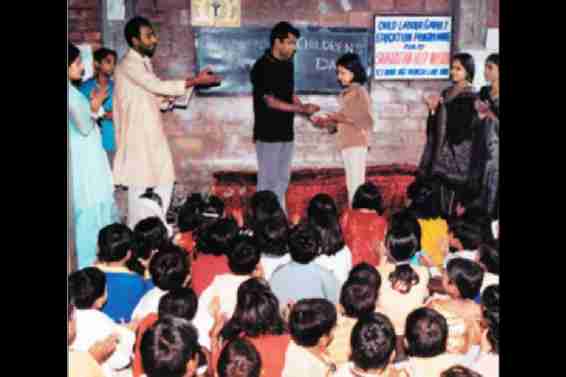
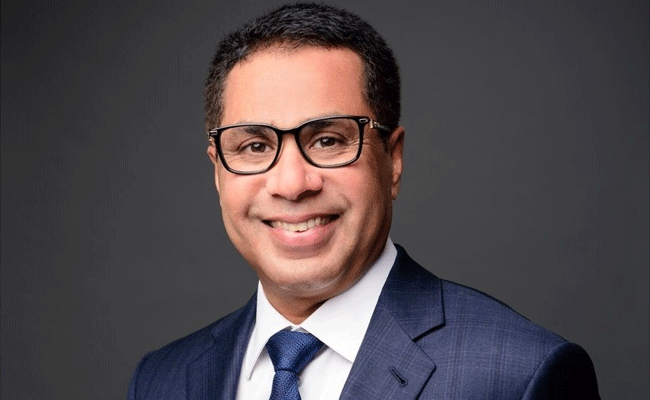
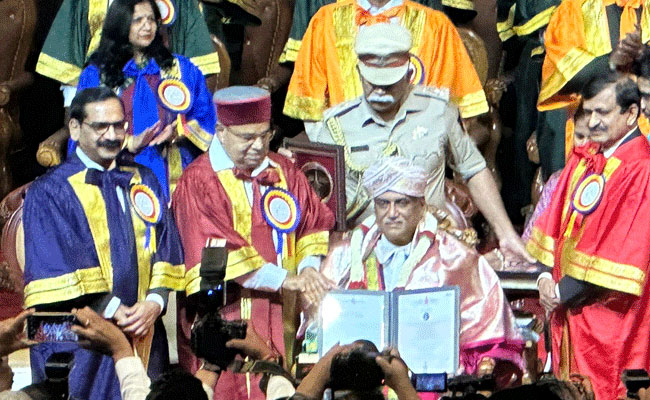
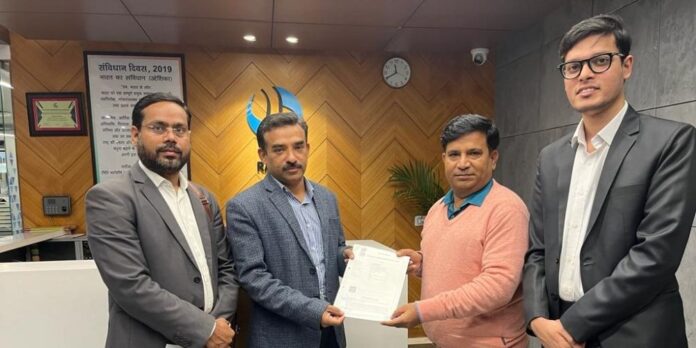
/shethepeople/media/post_banners/ymRoyZo6qFxMzNeqvw9y.jpeg)

